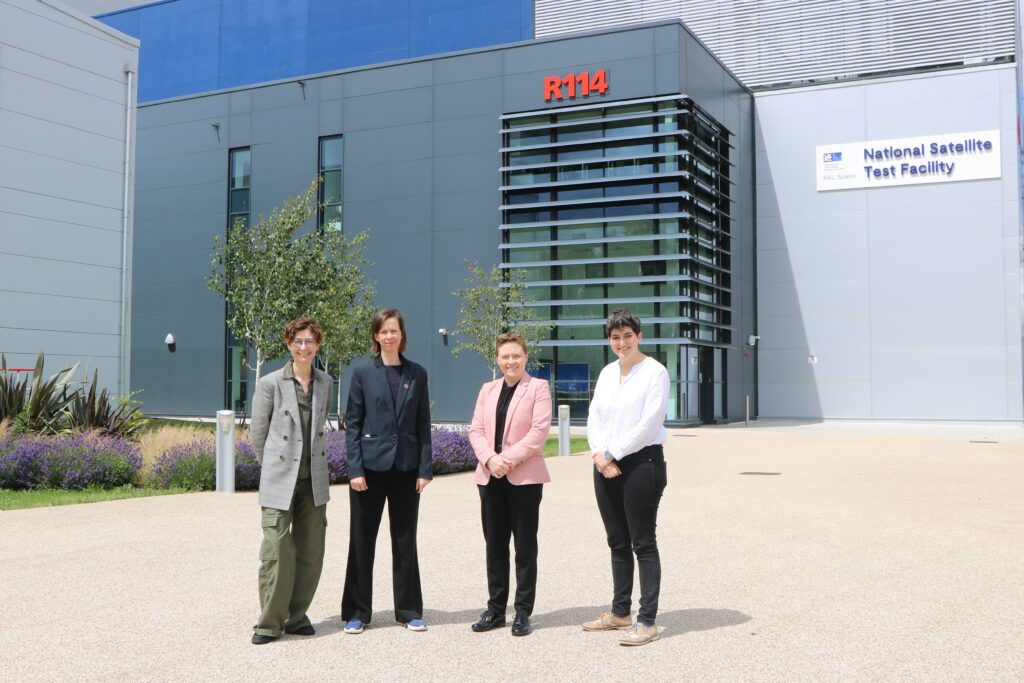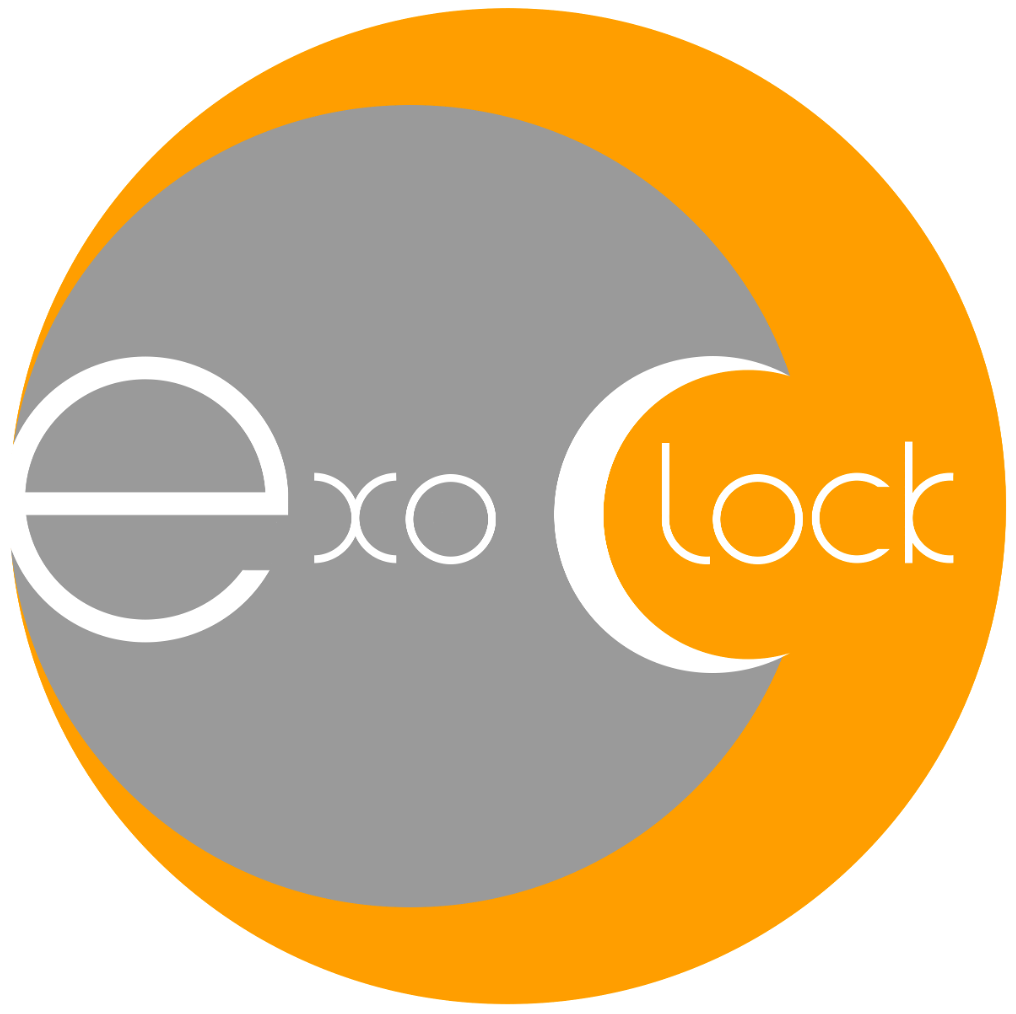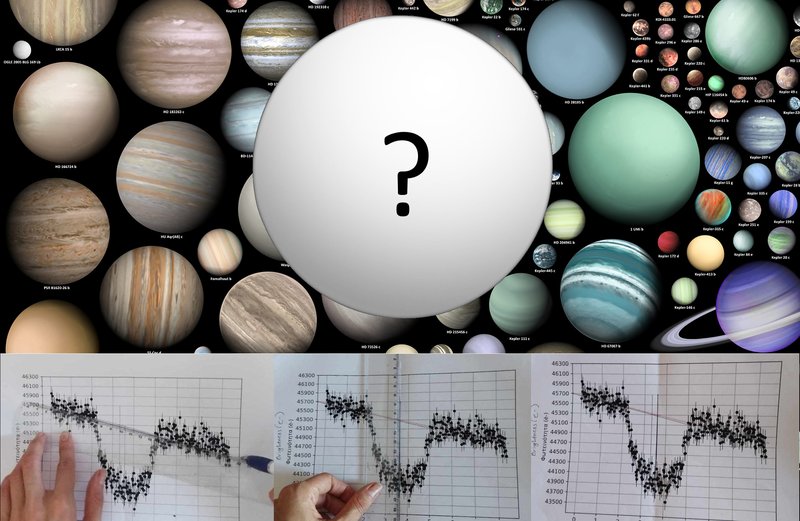LATEST NEWS:
The Ariel Data Challenge 2025 has launched! – 30 June 2025

The international Ariel Data Challenge team has launched the Ariel Data Challenge 2025, an upgraded version of last year’s groundbreaking competition that continues its goal to revolutionise how researchers analyse atmospheric data from planets beyond our solar system.
Building on the success of the 2024 edition, this year’s challenge features significantly more realistic instrument simulations and explores a broader range of potential atmospheric scenarios that scientists might encounter when studying exoplanets. The competition continues its partnership with Kaggle, the world’s largest data science platform, to engage the global community of researchers and AI specialists.
The 2025 challenge comes at a pivotal moment for exoplanet science, as researchers worldwide prepare for a new generation of space-based observatories designed specifically to study planetary atmospheres. The techniques developed through this competition could directly influence how scientists approach data from these future missions.
This marks the sixth instalment of the Ariel Data Challenge, building on five years of successful competitions that have attracted over 6,000 participants worldwide, including researchers from leading academic institutions and AI companies.
To read the full Ariel announcement, click HERE or go to the PRESS RELEASES PAGE.
Ariel undergoes the UK’s first space acoustic tests – 07 April 2025

Ariel, the European Space Agency’s next-generation mission to observe the chemical makeup of distant extrasolar planets, underwent tests designed to simulate the intense acoustic environment of rocket launch at the National Satellite Test Facility (NSTF).
The NSTF’s Dynamics Suite is home to 48 large speakers and amplifiers which can be configured to simulate the incredibly loud acoustic environment typical of a rocket launch. This testing, known as direct field acoustic noise (DFAN) testing, is vital to ensure the structural integrity of space components.
The NSTF team has successfully completed its first DFAN tests conducted on components for the Ariel space telescope, marking a significant milestone for the facility and the UK space sector.
To continue reading the full Ariel announcement, click HERE or go to the PRESS RELEASES PAGE.
Ariel Data Challenge 2024 Winners Announced! – 11 December 2024

The 2024 edition attracted 1,414 participants, based in 75 countries around the world, who competed for the $50,000 prize pool. Over the course of three months, the participants generated a remarkable 23,024 submissions, averaging more than 200 submissions per day.
In an impressive field of competitors, six teams distinguished themselves:
1st Place: Kohki Horie (PhD student) and Yamato Arai (Master’s student) from the University of Tokyo (Team c-number + daiwakun)
2nd Place: Jeroen Cottaar, Data Scientist at ASML (Team Jeroen Cottaar)
3rd Place: Vincent Debout and Sébastien Goulet from CS Group (Team Space Coder)
4th Place: Shlomo Ron (Team greySnow)
5th Place: Team Youri + Pascal
6th Place: Dmitrii Rudenko from LMU Munich (Team Through the Thorns to the Star)
To continue reading the full Ariel announcement, click HERE or go to the PRESS RELEASES PAGE.
NSTF Ariel Contract Signing Announcement – 23 July 2024

The European Space Agency’s (ESA) Ariel will be one of the first astronomy missions to use the UK’s new National Satellite Test Facility (NSTF), operated by STFC RAL Space. An opening ceremony for the NSTF was held on 21st May 2024, where the UK Space Agency announced they have signed a contract to use the NSTF for testing the Ariel payload. Ariel will go through vibration and acoustic testing in the NSTF to ensure it will survive the violent conditions of launch, as well as thermal vacuum testing in RAL Space’s smaller scale facilities.
Paul Eccleston, the Ariel Mission Consortium Manager at RAL Space, said “We’re delighted to have formalised the agreement for Ariel to use the NSTF dynamics facilities for the payload module’s vibration and acoustic testing. Using these fabulous new facilities alongside the other RAL Space cleanrooms and thermal vacuum chambers will allow us to seamlessly integrate, test and calibrate the complex payload for this exciting mission.”
Dr Paul Bate, CEO of the UK Space Agency, said “The Ariel NSTF contract signing represents a major step forward for the Ariel exoplanet mission as the first hardware begins to take shape this year, ahead of launch in 2029.”

To continue reading the full Ariel announcement, click HERE
Ariel Passes Major Milestone – 3 August 2023
Ariel, the European Space Agency’s next-generation mission to observe the chemical make-up of distant extrasolar planets, has passed a major milestone after successfully completing its Payload Preliminary Design Review (PDR). The successful completion of the Payload PDR marks a crucial step forward for Ariel, demonstrating that the mission’s payload design meets all the required technical and scientific specifications, and no showstoppers were found for the foreseen launch in 2029.
The Ariel consortium payload team prepared 179 technical documents and addressed 364 questions (RIDs) for a panel of ESA experts, who evaluated the feasibility, performance, and robustness of the payload design. The review scrutinised every aspect of the proposed payload, to ensure that the designed systems meet the technical, scientific, and operational requirements of the mission. In May 2023 the ESA review board accepted that all the objectives had been completed, and confirmed the successful closure of the Ariel Payload PDR.
As a result of this major achievement, Ariel’s payload critical technology is now considered at Technical Readiness Level 6, indicating that the mission can now proceed to payload CDR (Critical Design Review) and begin to manufacture its first prototype models.
To continue reading the full Ariel press release, click HERE

ESA member states sign new Ariel collaboration agreement – June 2023
European Space Agency (ESA) member states have signed a new agreement on 8 June to confirm roles for the Ariel mission.
The agreement between ESA member states ensures that the work taking place across the consortium continues to be supported by their national agencies.
A payload design review will be completed later this year, with the design expected to be finalised by 2025. A flight acceptance review will be completed in early 2029 ahead of launch later that year.
Ariel press release: HERE
UK Space Agency Press Release: HERE
Airbus will build ESA’s Ariel exoplanet satellite – December 2022
The European Space Agency (ESA) and Airbus have signed a contract to move forward with the design and construction of the Atmospheric Remote-sensing Infrared Exoplanet Large-survey (Ariel). Work on the Ariel payload module by the Ariel Mission Consortium is already well underway and the two teams will be working closely together to deliver the mission for launch in 2029.
“The international Ariel Mission Consortium been making fantastic progress with the payload. We are looking forward to working closely with Airbus to ensure the payload works perfectly on board the spacecraft. Together we will be enabling amazing new discoveries about planets beyond our Solar System” said Paul Eccleston, Ariel Mission Consortium Project Manager and RAL Space Chief Engineer.
The contract was celebrated between the two parties with a small ceremony at ESA headquarters in Paris on 6 December.
Ariel press release HERE
ESA announcement HERE

Ariel, the Atmospheric Remote-sensing Infrared Exoplanet Large-survey, was selected as the fourth medium-class mission in ESA’s Cosmic Vision programme. During its 4-year mission, Ariel will study what exoplanets are made of, how they formed and how they evolve, by surveying a diverse sample of about 1000 extrasolar planets, simultaneously in visible and infrared wavelengths. It is the first mission dedicated to measuring the chemical composition and thermal structures of hundreds of transiting exoplanets, enabling planetary science far beyond the boundaries of the Solar System.
The Ariel mission page on ESA’s website can be accessed here.
See Ariel videos in different languages – try clicking a flag!
















